Fossils offer a glimpse of what organisms have lived on Earth, such as woolly mammoths and Tyrannosaurus Rex- yet most don’t exist today. Some fossils resemble modern-day counterparts, such as ferns and petrified wood, and others have living examples, such as stromatolites.
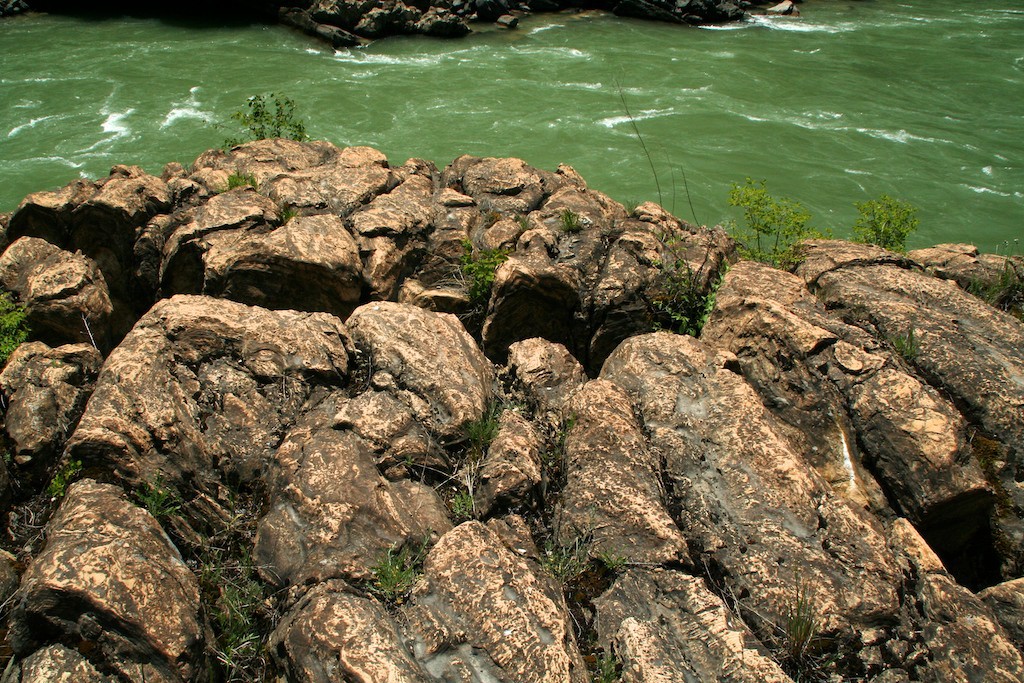
What are stromatolites?
Stromatolites are structures created by cyanobacteria (also known as blue-green algae). The internal structure resembles a cabbage while the outside can look mushroom-shaped, loaf-shaped or cauliflower-shaped.
Cyanobacteria create stromatolites by growing in layers in shallow marine water. Cyanobacteria grow in mats with nearly three billion cyanobacteria covering one square meter. As sediment is deposited over the cyanobacteria from tides and wave action, the cyanobacteria grow up through the sediment. Layers of sediment then alternate with layers of cyanobacteria.
If you’ve noticed the rocks around the base of the Kootenai River swinging bridge on the Kootenai Falls trail, they look like cream and black cabbages sliced open–these are fossilized stromatolites. The black layers are carbon-rich layers from when there was little deposition of sediment and the creamy layers are from periods of higher deposition.
Stromatolites grow slowly, so slowly that it can take 100 years for five centimeters of growth or 2,000 years for a stromatolite to reach one-meter high.
Stromatolites fossils provide glimpse into past
Stromatolites are one of the oldest fossils on Earth. Worldwide, the oldest fossilized stromatolites are found in South Africa and date back 3.2 billion years. The stromatolites around the Kootenai River swinging bridge are part of the Belt formation, a Precambrian sedimentary formation dated between 600 million and 800 million years old.
Stromatolites and the cyanobacteria that created them played a crucial role in shaping the atmosphere of Earth. Like all green plants, cyanobacteria absorb carbon dioxide from the atmosphere, use the carbon to build tissue and then release the oxygen.
During the Precambrian, the atmosphere contained very little oxygen. With the growth of stromatolites and the spread of cyanobacteria around the Earth, the atmosphere became more oxygen-rich and less carbon-rich.
The harsh conditions of the Precambrian, with its carbon-rich atmosphere, hot temperatures and intense ultraviolet radiation set the stage for cyanobacteria to thrive at that time since little else could.
Stromatolites still grow on Earth
When living stromatolites were discovered in 1956 by scientists in Shark Bay, Australia, they were the first ever recorded examples of a structure previously only found as a fossil in ancient rock.
Living stromatolites are found in three places on Earth today: Shark Bay and two places in the Bahamas. Cyanobacteria thrive in Shark Bay because the water is twice as salty as normal seawater due to the restricted flow of the bay. In the Bahamas, stromatolites are found in sub-tidal channels where the currents are very strong and few animals can survive.
Burrowing and grazing marine animals are the demise of stromatolites because they destroy the layers. Therefore, as marine animals populated the oceans, the range of stromatolites decreased to places that were too hostile for animals to survive.
While there may only be a few places on Earth to view living stromatolites, those places offer an opportunity to study a living example of a fossil and determine what affects growth. Scientists have determined tides, temperature and sunlight control the growth of cyanobacteria.
So not only do scientists have insight into the conditions on Earth three billion years ago but living stromatolites are keeping a diary of the current conditions on Earth.
Originally posted February 2014. Updated February 2024.

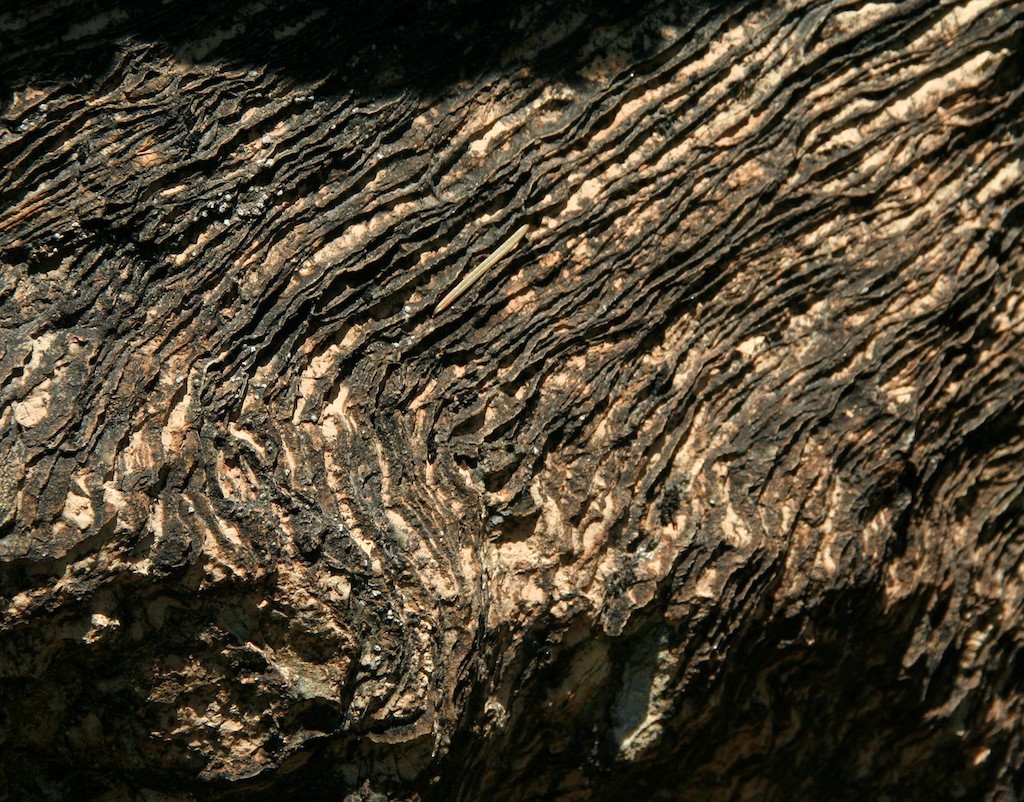
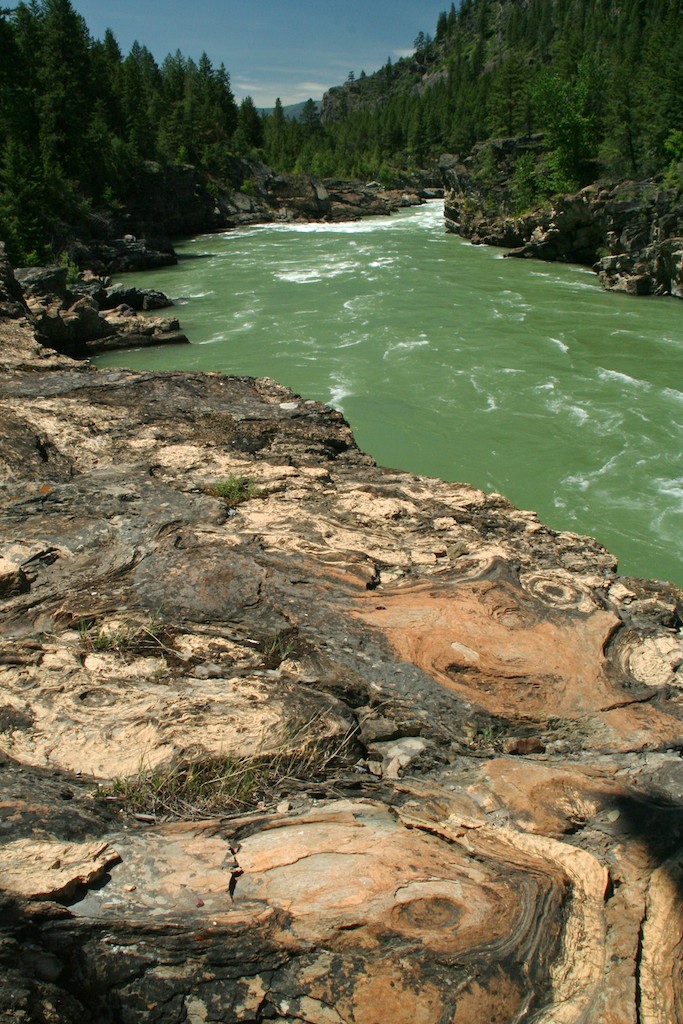
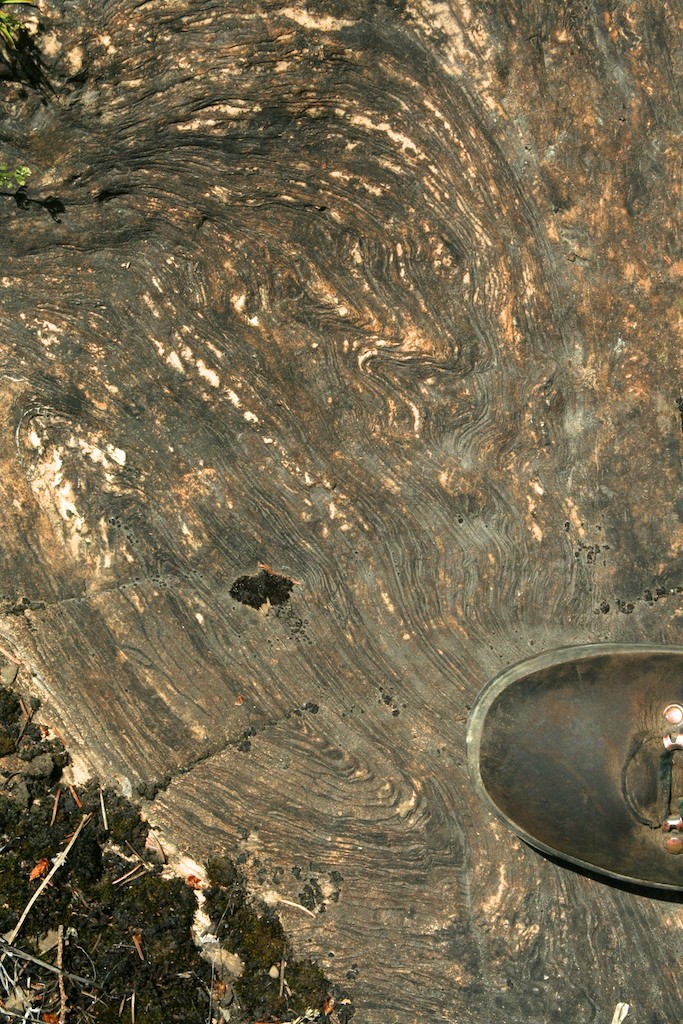
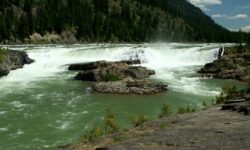
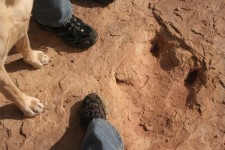
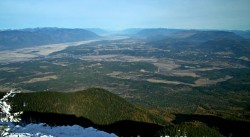
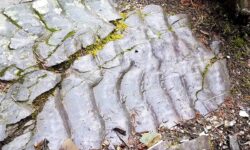
This article is WONDERFUL and so helpful. I’m visiting from Arizona and we visited the falls I quickly spotted these rocks that looks like petrified trees. I got home and started searching and this article popped up. It was exactly what I was looking for.
The Ranger that was with us didn’t even know any of this information, so it came in handy for him too.
Thank you for all the hard work.
Thank you! I’m glad I could help.
Laura